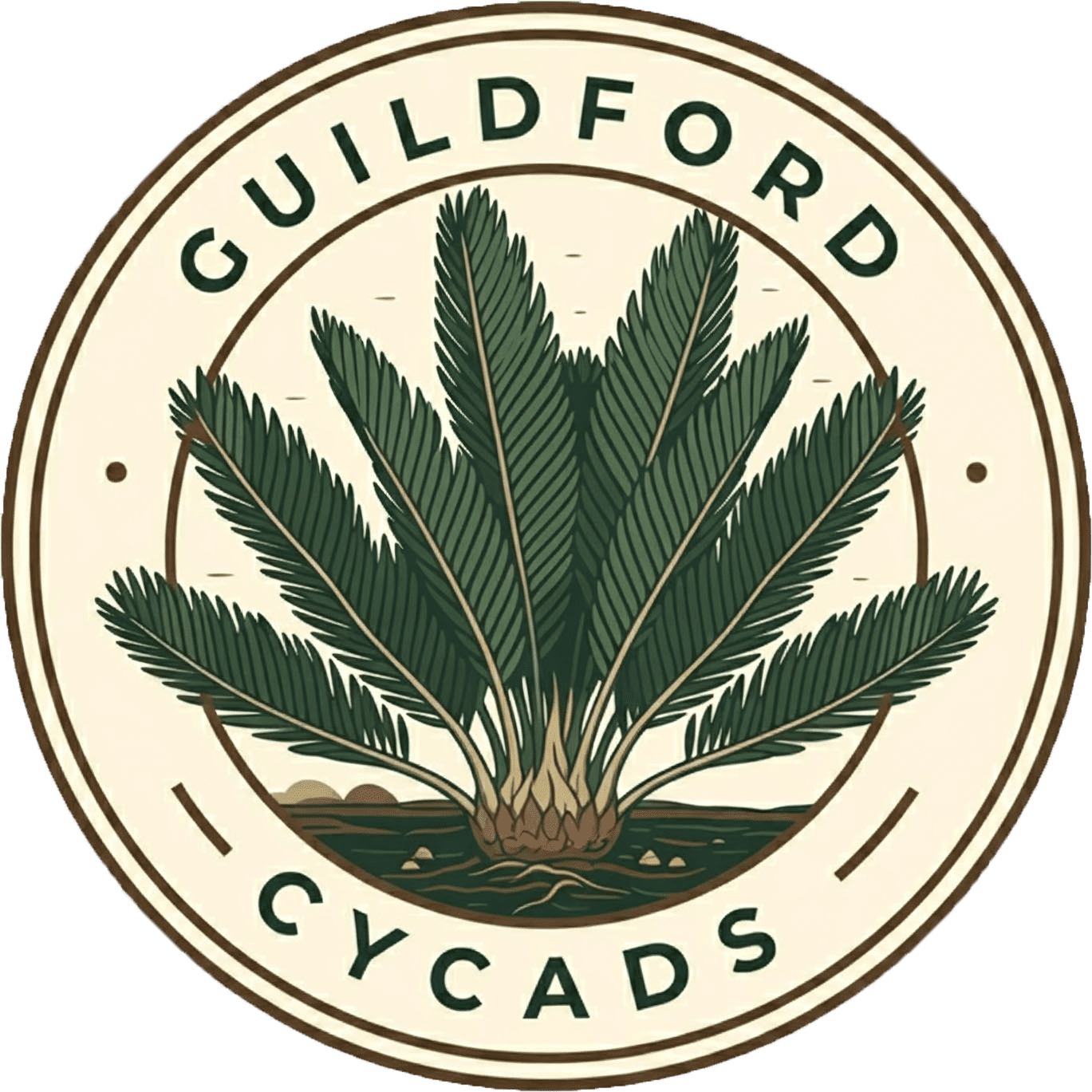The sidewalk to the front door includes a planting pocket, how fabulous!
There’s another planter up next to the house, under the eaves and the big window.
Did you spot the palm trunk with vines growing up it?
There’s a pair!
You’ve gotta love a fern that dies back so beautifully.
And then there’s this. You knew it was coming right? A greenhouse has been the constant through all of my Vancouver BG garden visits.
Yucca and a type of verbascum?
I have to fully appreciate the view from the outside, before going inside.
Wowsa!
Many of the plants had tags, but I was just enjoying the experience of being overwhelmed with plant goodness and didn’t go fishing for names.
Of course I can see that these are Aeonium ‘Green Ripples’.
And I know these are Agave albopilosa.
A variegated Agave parryi.
Pachyphytum compactum
Into the back garden now…
Gary was traveling during our visit, so I didn’t get to pester him with a bunch of questions.
Can you see the roofline beyond the plantings?
That’s another greenhouse! I think a sort of garage/greenhouse refurbishment. We weren’t able to go inside however as there’s a problem with the door.
No worries as I had plenty to feast my eyes on.
And I needed to catch a flight back home! One last look at this greenhouse…
I don’t think I caught the Yucca linearifolia in the earlier yucca photo.
We were about to walk under the entry/exit pergola when I looked up and noticed…
The guard dogoyle! Thanks for letting us visit Gary, wish you had been there.
To receive alerts of new
danger garden posts by email,
subscribe here. Please note; these are sent from a third party, their annoying ads are beyond my control.
All material © 2009-2024 by Loree L Bohl. Unauthorized reproduction prohibited and just plain rude.
